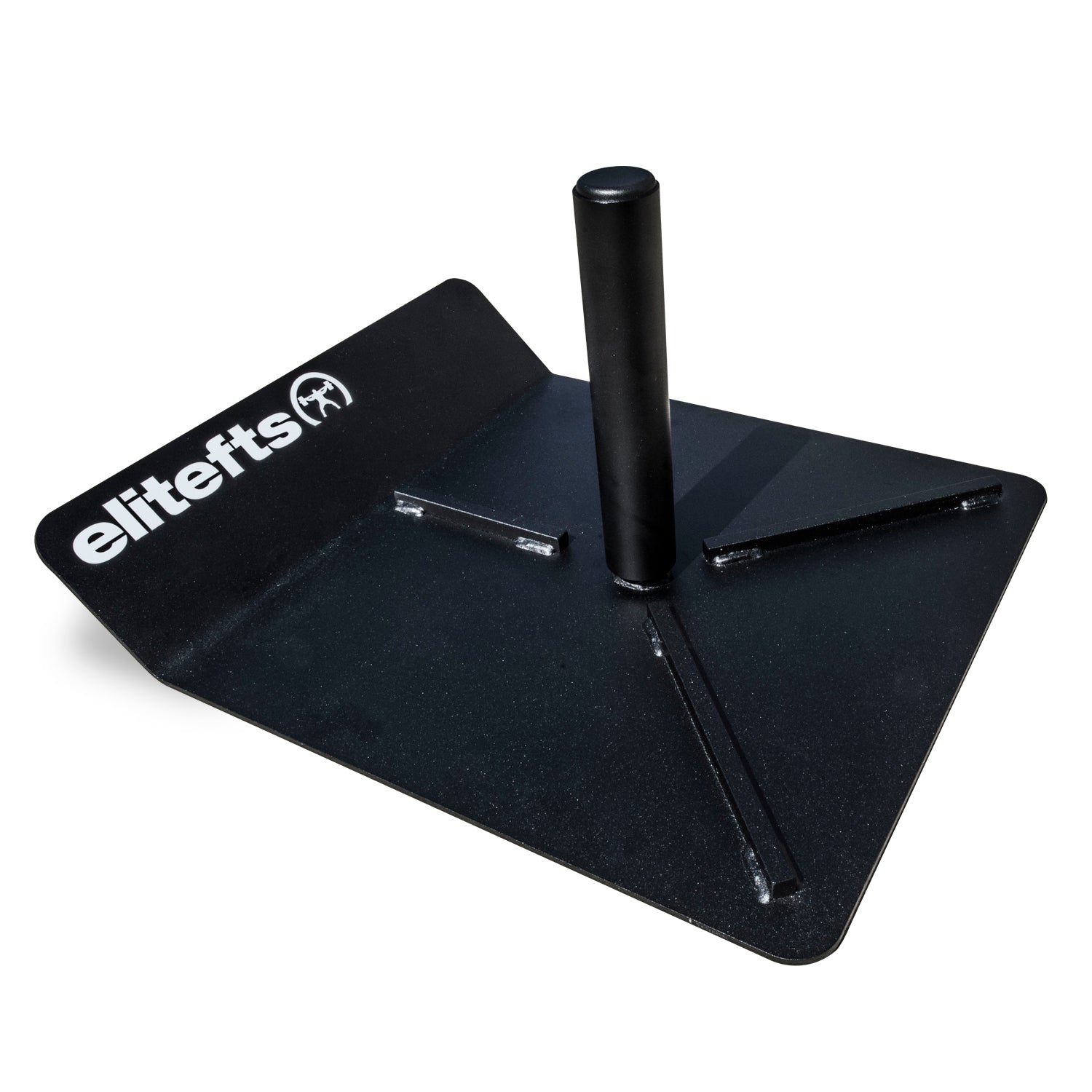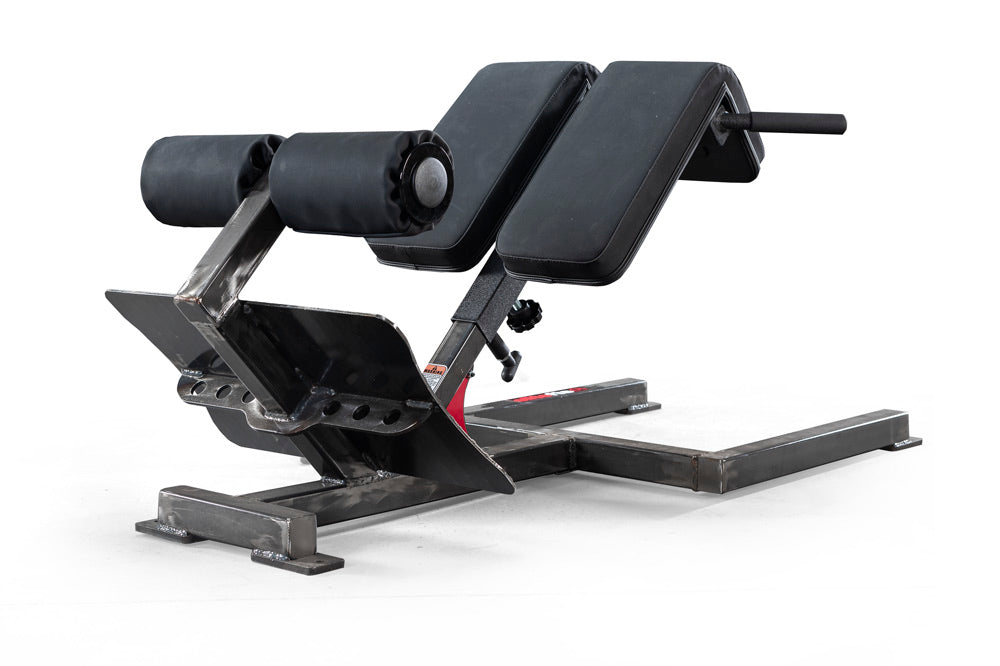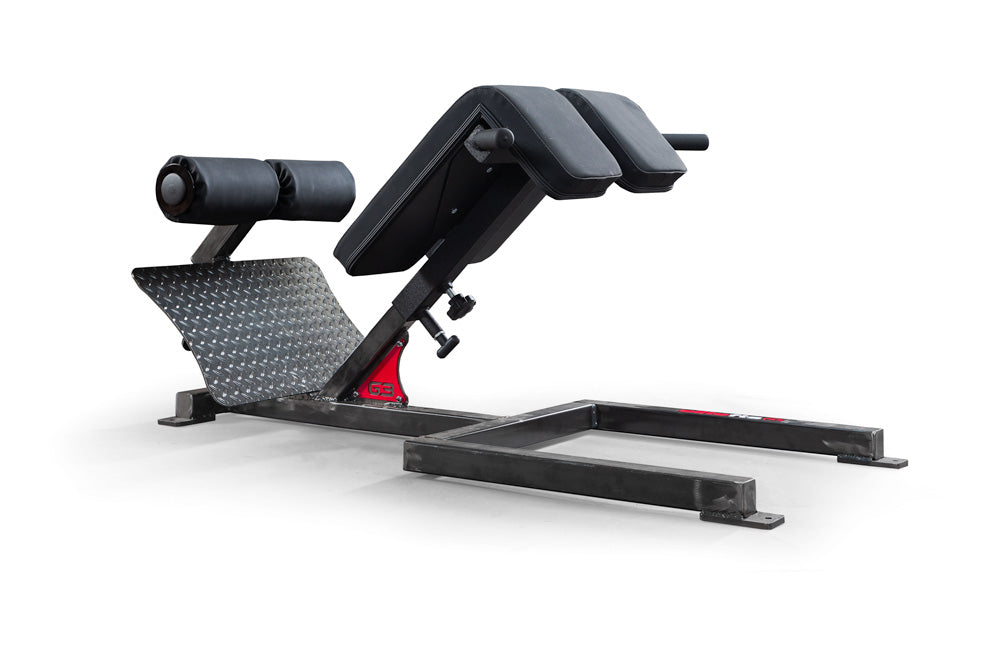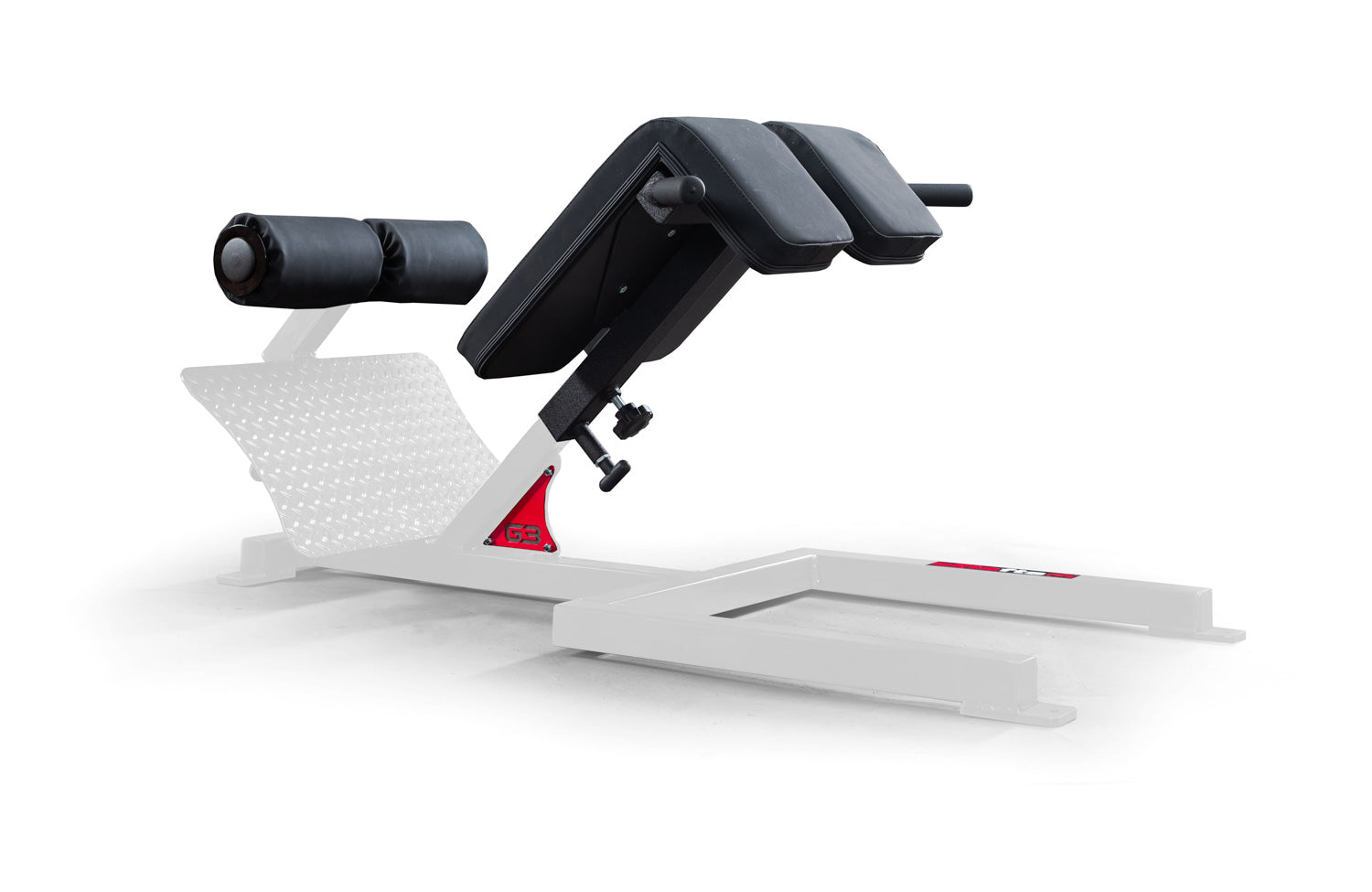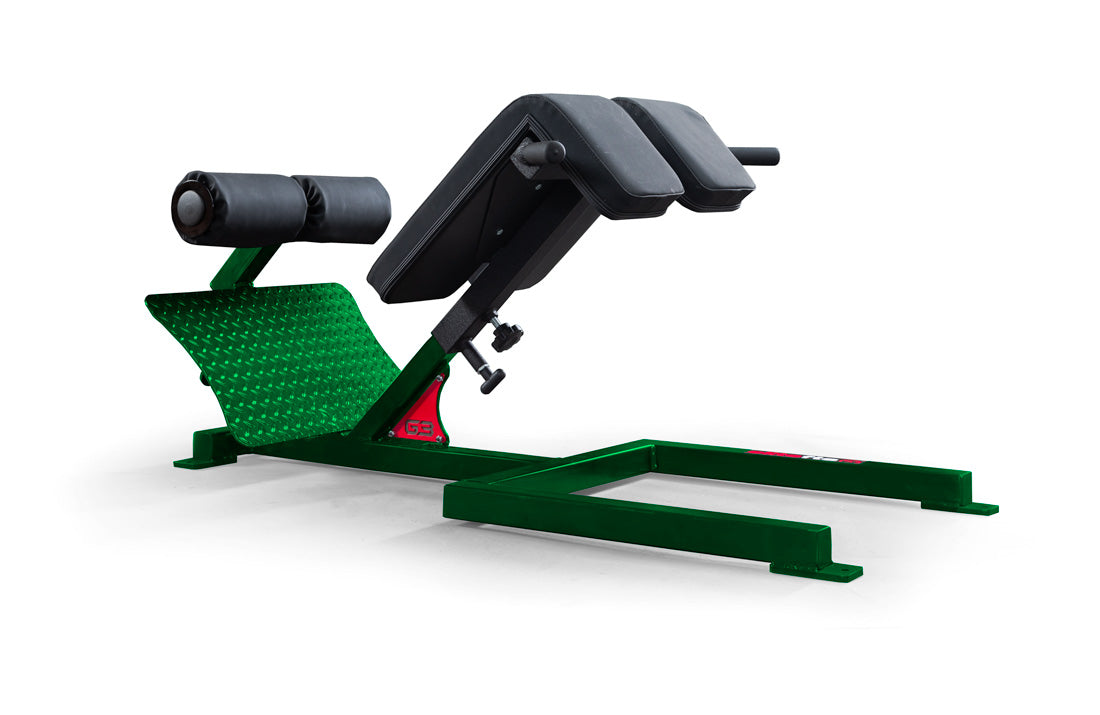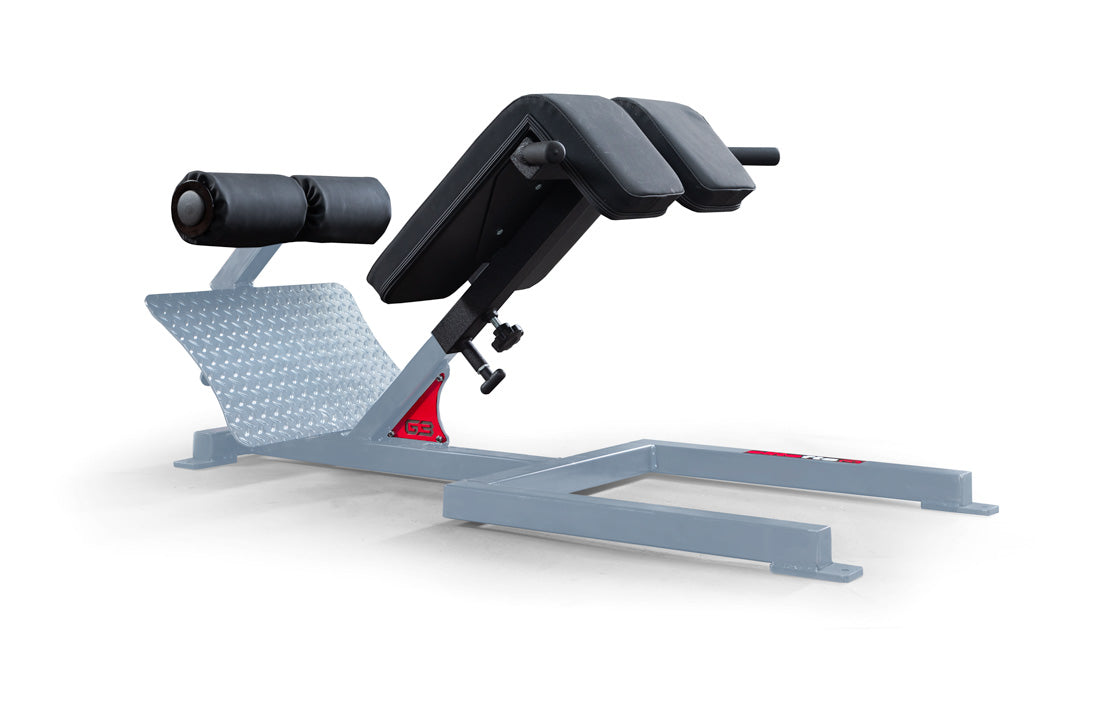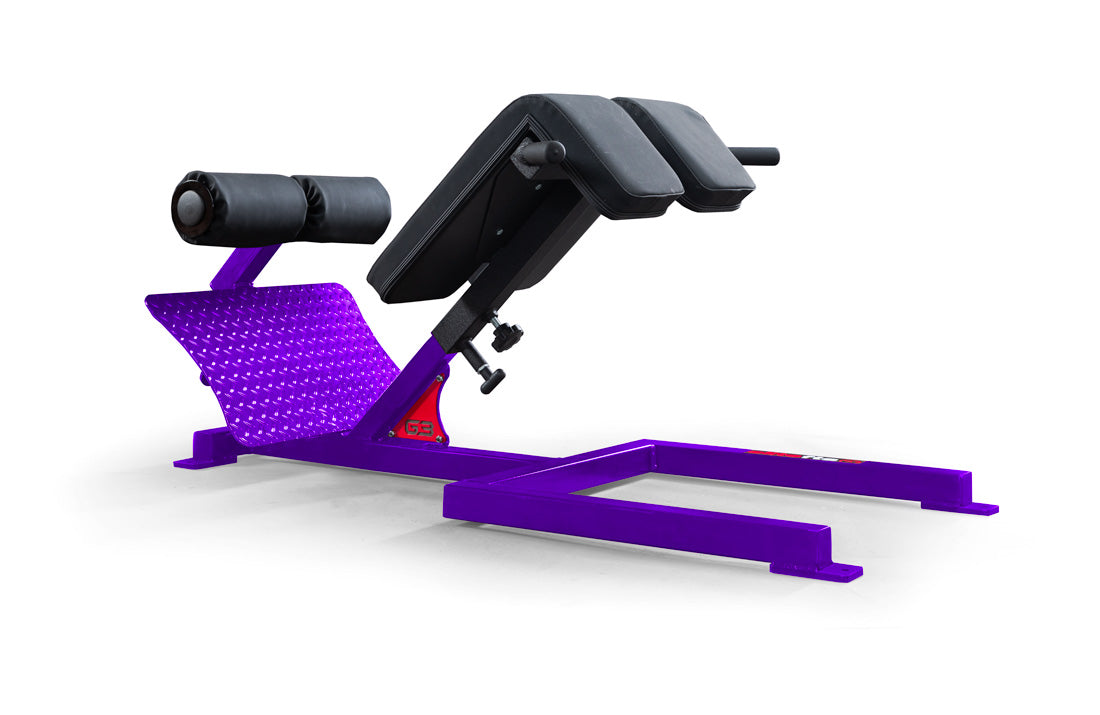
The purpose of this article is to demonstrate how you can analyze the performance of your athlete's to appropriately place them in training groups. By assessing the strengths of each athlete, you can better determine their training needs and how to address them. Let's begin by looking at the flow chart, with detailed notes to follow.

- Velocity Programming – 80% of program in the bottom 2/3 of the force-velocity (FV) curve, 20% in the top 1/3 of the FV curve.
- Balanced Programming – Equal percentage of time in each 1/3 of the FV curve.
- Strength Programming – 80% of program in the top 2/3 of the FV curve, 20% in the bottom 1/3 of the FV curve

Testing for Explosive Strength Decrement
By comparing the height jumped from a vertical jump from a static hold position with the height achieved in a counter movement jump, coaches can determine if a player requires more time in a strength based program or more time in an explosive/velocity based program. As an example, if a player has a vertical jump of 35 centimeters and a counter-movement jump of 50 centimeters, I would consider him to be in need of more strength training.
RECENT: Armour Plating the Upper Body and Power Training the Lower Body
The key is to regularly test and to slightly tweak the program on a regular basis. By using the force velocity curve as a guide to the development of specific programs, a trainer can allocate areas of the curve to improve aspects of performance specific to the player. This also would tie in very well with Velocity-Based Training popularized by Dr. Bryan Mann, by using a tendo unit or gym aware to monitor bar speeds to ensure the loading is specific to certain velocities required to stimulate gains in a certain aspect of the curve.
Strength Program Snapshot
Preparation- Hip Mobility
- Hurdles — 10 reps forward and backward, 10 reps under. and overs
- Lunge Combination – Backward, forward, and lateral, 2 x 10 each side
- Primary Peak Force Movement (Squat) — 3 x (2/1), 90+% contrast super set with 3 x knees-to-feet jumps each set
- Primary Peak Power Movement: 6 x 3 reps @ 70-80% contrast super set with 3 x repeat long jumps each set
- Secondary Peak Force movement (Hinge): 3 x (2/1), 90+% contrast super set with 3 x knees-to-feet jumps each set
- Hamstring specific movement: 3 x 6 reps
- ½ Turkish Get Up with KB x 5 each side
- Band Barbell Rollouts x 10
- Farmers Walk Implement Suitcase Deadlift x 5 each side
- Windmill x 5 each side
Power Program Snapshot
Preparation- Neural Activation Protocol (hops, jumps, bounds)
- Primary Power Exercise of Choice (speed-strength orientation) x 3, 60%
- Depth Jump x 3
- 10-meter sprint through timing lights
- Secondary Power Exercise of Choice (strength speed orientation) x 4, 80%
- Hurdle Jumps x 3 into a 20-meter prowler push
- Primary Peak Force Movement (usually squat or deadlift) 3 x 2, 90%














